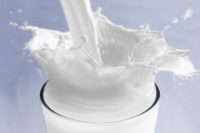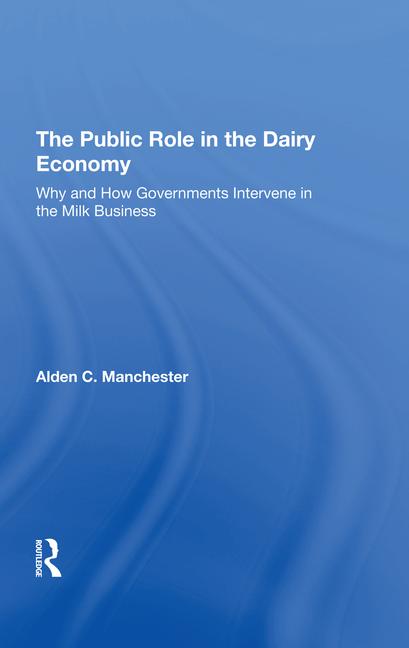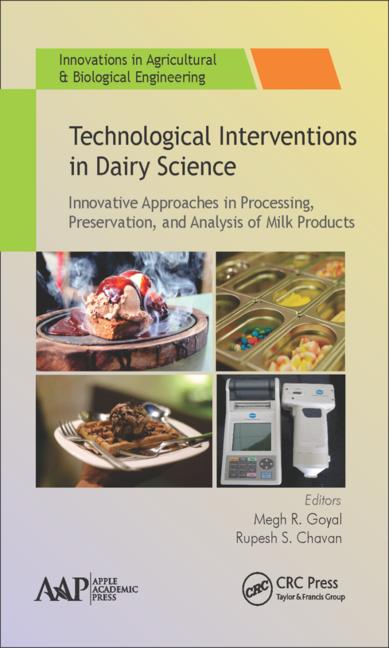Dairy processors can expect an expanding milk supply, growth in exports and rising prices over the near future. But for 2017, the U.S. Department of Agriculture lowered its milk production forecast on Dec. 9, citing slower growth in cow numbers more than offsetting slightly higher growth in milk per cow. USDA’s long-range outlook sees yearly increases in milk production until the year 2024.
The Dec. 9 short-term report from USDA forecasts a hike in milk prices to $16.85 to $17.65 per hundredweight in 2017 from $16.05 in 2016. By 2020, the department forecasts milk prices to be $18.30.
Commercial exports of dairy products are expected to increase every year, from 8.9 billion pounds (on a milkfat basis) this year to 12.2 billion pounds in 2024. But not all dairy products will benefit. USDA said that in 2017, “fat basis exports are reduced on expected increased competition in cheese markets, but strength in lactose and nonfat dry milk (NDM) exports are expected to support higher skim-solids basis exports. Import forecasts are lowered from last month for both fat and skim-solids bases.”
Exports represent about 14% of all U.S. milk production, compared to less than 8% a decade ago, according to CoBank, a Denver-based cooperative bank. That increases the amount of exposure U.S. dairies have to currency risk, geopolitical events and other unpredictable factors.
“The outlook for the next several years is positive, but precarious,” said Ben Laine, the bank’s senior economist.
The CoBank analysis, released in December, noted that an “immediate challenge” is that processing capacity has not kept up with the growth in milk production.
“New processing plants and plant expansions over the next couple of years will provide some relief,” Laine said. “Meanwhile, the U.S. dairy industry must do everything it can to maintain and develop domestic demand and evolve with customers. This includes the development of innovative products to adapt to changing consumer tastes.”
While fluid milk consumption is down, the number of processing plants has increased, according to the USDA and the Food & Drug Administration. It found 456 milk plants in 2015 and 400 plants in 2008. The average product volume per plant has decreased to 109.5 million pounds in 2015 from 136.2 million pounds in 2008.
Prices for sugar, a popular ingredient in milk, ice cream and yogurt, are expected to tumble. The New York No. 16 contract rate was 28.98 cents per pound for 2016/2017. It is forecast to drop as low as 22.25 cents per pound by 2018/2019 before rising again the next year. The total supply of beet sugar and cane sugar from domestic and imported sources is expected to rise every year.
Overall, the economy will grow slowly. The department assumes gross domestic product increasing 2.3% in 2017, 2.2% in 2018 and then 2.1% every year from 2019 to 2026. Per capita disposable income will grow even slower. The government forecasts 1.7% growth in 2017 (better than 2016) then falling to 1.5% in 2018 and holding steady at 1.4% from 2019 to 2026. These numbers come from the department’s macroeconomic assumptions. The department will release the complete “USDA Agricultural Projections to 2026” report in February.
Inflation will remain low, hovering around 2%. The Producer Price Index for crude goods is expected to increase faster than the index for finished goods. Over the next four years, look for the PPI for crude goods to be in the range of 3.6% in 2017 to 2.9% in 2020. The PPI for finished goods is expected to be 1.5% in 2017 (following a decrease of 1.7% in 2016) and 2.2% in 2020. The price of crude oil is expected to be $49.70 a barrel this year, rising to $74 a barrel in 2020.
Labor rates also will be increasing this year and for the medium-range future. The government assumes the hourly nonfarm compensation rate to rise 3.9% this year and stay in a range of 3.6% to 3.8% through 2020. The unemployment rate will hover around 4.7% for the next four years. The total population of the United States will grow slowly. Economists assume an annual increase of 0.8% over the next five years.
U.S. dairy processors might want to set their sights outside the nation’s borders where there is more population.
CoBank economist Laine said the industry is poised to benefit from overseas demand in Asia, Latin America and Africa driven by population growth and increased middle class consumption. Statistics compiled by the USDA show that while the populations of the United States and the Asia/Oceania region are forecast to increase 0.8% in 2020, the difference is one of scale. An 0.8% increase at home means about 26 million more individuals. The rate of growth in Asia/Oceania results in 318 million more individuals. The GDP in that region is expected to increase at least 4.3% each year from 2017 to 2020.







